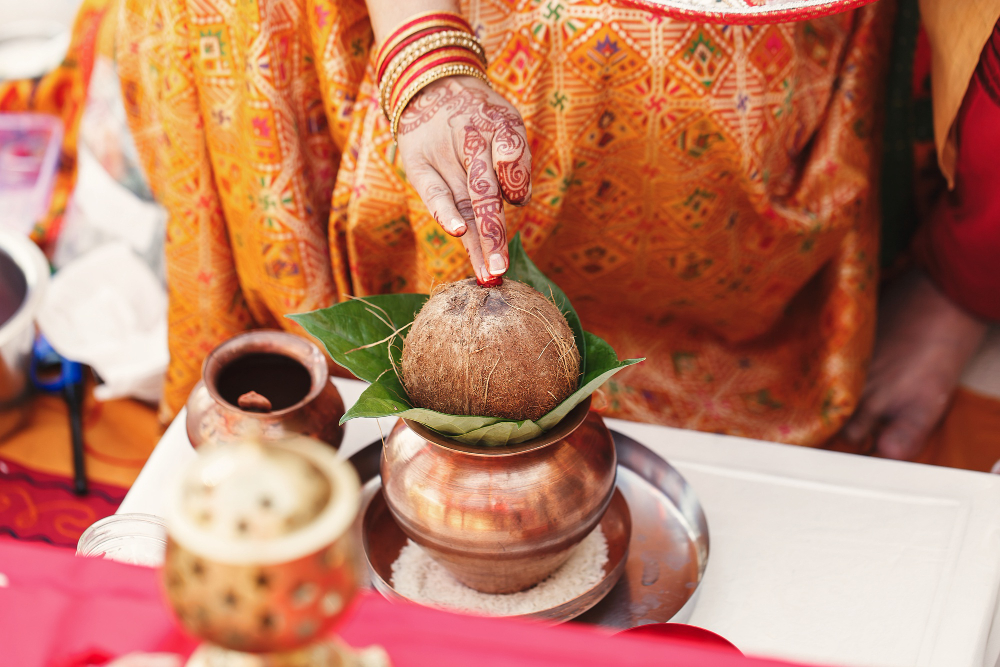India is a land celebrated for its rich heritage and diverse cultural legacy. From ancient civilizations to renowned empires, the country has witnessed the rise and fall of various kingdoms, the fusion of multiple religions, and the amalgamation of countless traditions.
This profound historical context has given birth to an array of Indian heritage essays, which depict and preserve the essence of this vibrant culture. In this essay, we will explore the key aspects of Indian heritage essays, their historical significance, impactful figures, and analyze both the positive and negative aspects of their contribution.
Furthermore, we will assess the potential future developments in the field of Indian heritage essays.
Table of Contents
Indian Heritage Essay for Students
Part 1: Historical Context and Significance (400-500 words)
The historical context of Indian heritage essays is deeply rooted in the country’s ancient past. The Indus Valley Civilization, one of the world’s oldest urban civilizations, holds immense importance in understanding India’s heritage. The Indus Valley seals and artifacts discovered in Mohenjo-Daro and Harappa provide valuable insights into the culture, script, and way of life of those times.
Indian heritage essays also showcase the evolutionary journey of the Vedic period, which witnessed the composition of the Rig Veda, the oldest sacred texts of Hinduism. These texts, often poetic in nature, provide a detailed account of rituals, philosophies, and societal norms prevailing during that era.
The advent of Buddhism and Jainism brought further diversity to Indian heritage. The teachings of Gautama Buddha and Mahavira spread across various regions, establishing a unique spiritual foundation. The literary works of Buddhist scholars and Jain philosophers have contributed significantly to the Indian heritage essay tradition.
The medieval period witnessed invasions by foreign powers, including the Mughals and the British. Indian heritage essays from this period often reflect the cultural exchange and syncretism that occurred, expressing diversity through language, art, and architecture. Notable writings during this period include the Sufi saint poet Rumi’s Persian works, which resonate with the Indian cultural ethos.
Part 2: Influential Figures and Impact (400-500 words)
Indian heritage essays owe their prominence to the contribution of numerous influential figures who dedicated their lives to preserving and propagating India’s legacy.
1. Rabindranath Tagore: A towering figure in Indian literature, Tagore’s works encompassed various genres, including essays. His collection of essays, such as “Nationalism” and “Sadhana,” reflect his deep understanding of Indian spirituality, philosophy, and cultural nuances. Tagore’s essays were a call for embracing one’s heritage while embracing the changing world.
2. Swami Vivekananda: Known for his remarkable speeches and writings, Swami Vivekananda emphasized the need to embrace the spiritual essence of India’s heritage. His collection of essays, such as “Karma Yoga” and “Raja Yoga,” shed light on the practical application of ancient Indian wisdom in contemporary times. Vivekananda’s essays continue to inspire people across generations.
3. Mahatma Gandhi: Gandhi’s writings, particularly his weekly publication “Harijan,” played a crucial role in shaping the Indian independence movement. His essays focused on nonviolence, self-reliance, and the importance of preserving India’s indigenous culture. Gandhi’s influence extended beyond India, inspiring figures like Martin Luther King Jr. in their respective struggles for justice and equality.
4. Arundhati Roy: A contemporary writer and activist, Arundhati Roy often addresses issues related to social justice, human rights, and environmental conservation through her essays. Her works challenge the status quo, urging society to confront its collective heritage while recognizing its flaws.
These individuals, among many others, have made significant contributions to the Indian heritage essay realm, preserving the cultural fabric and promoting introspection.
Part 3: Exploring Perspectives and Future Developments (400-500 words)
The Indian heritage essay tradition has garnered both admiration and critique due to diverse perspectives on its impact. Supporters argue that these essays enable the preservation of valuable knowledge and cultural narratives that might otherwise fade away.
They highlight how these essays act as vehicles for cultural revitalization, providing a sense of pride and belonging to the younger generation.
Moreover, Indian heritage essays allow for a deeper appreciation of Indian values, wisdom, and spirituality. They serve as a means to understand the foundation upon which the modern Indian society stands, fostering unity amidst diversity.
However, critics contend that some Indian heritage essays may promote an overly conservative outlook, hindering social progress and inclusion. They argue that a rigid adherence to traditional values may impede the acceptance of diverse identities and modern perspectives. Critics also question the elitist nature of Indian heritage essays, arguing that they primarily cater to an intellectual minority, leaving out marginalized voices.
In terms of future developments, the advent of digital technology has expanded the reach and accessibility of Indian heritage essays. Online platforms, e-books, and audio-visual mediums provide a broader audience base, ensuring the preservation of cultural heritage across geographical boundaries.
Furthermore, future developments in the field must strive for inclusivity, representing diverse voices and narratives within the Indian heritage essay domain. This expansion will foster a deeper understanding of India’s rich cultural mosaic and encourage dialogue that transcends traditional boundaries.
Conclusion:
Indian heritage essays play a crucial role in illuminating the historical context and depth of India’s cultural legacy. From ancient civilizations to the struggles for independence, these essays reflect the contributions of key figures who have shaped and preserved this heritage.
While they have contributed positively to preserving and promoting Indian culture, it is essential to engage in critical reflection to address any negative aspects and ensure an inclusive future for Indian heritage essays. As we embark on this journey, let us embrace the vast array of perspectives and continue to celebrate the resplendence of Indian cultural heritage through the art of essay writing.
Other Essay:
Best National integration Essay for Students



